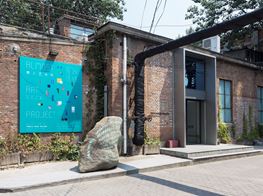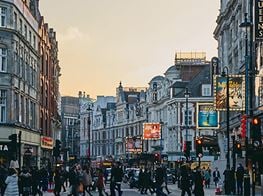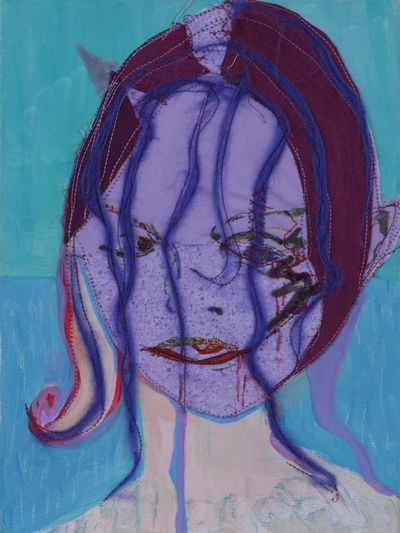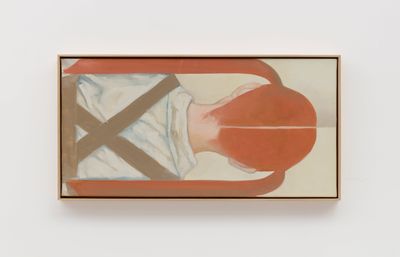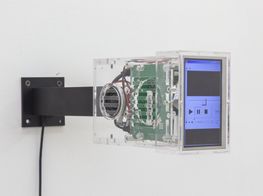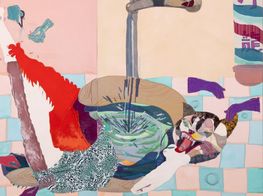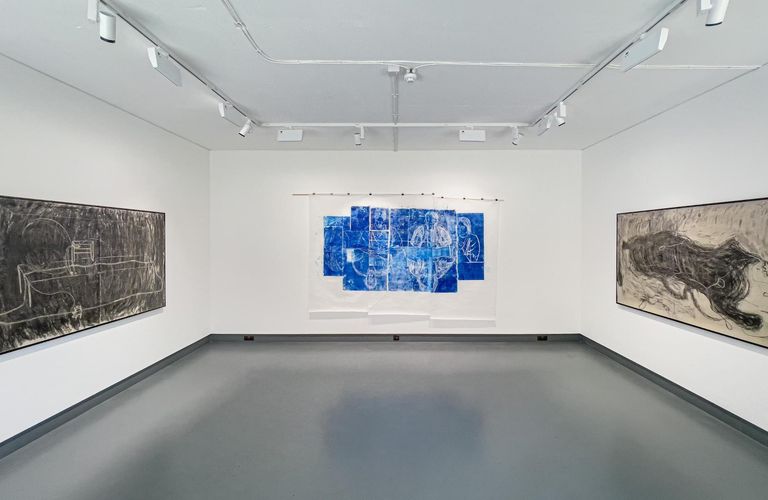
Beijing's Tabula Rasa Gallery Attracts Western Collectors with London Space
Many blue-chip galleries have opened spaces in Greater China over the past decade, exhibiting their own artists in the region while scouting new talent.
Pace Gallery had a massive 22,000-square-foot space in Beijing's famous 798 Art District before closing in 2019. Lisson Gallery has a space in Shanghai, Hauser & Wirth has offices in Beijing and Shanghai, and a gallery in Hong Kong, while Gagosian and David Zwirner both have important gallery spaces in Hong Kong.
What is less common is Chinese galleries moving to the West. Tabula Rasa Gallery is bucking this trend. Founded in 2015 in Beijing's 798 Art District, the gallery specialises in emerging Chinese artists. In 2021, the gallery opened a space in East London with the aim of exhibiting Chinese and East Asian art to Western collectors.
Working in the contemporary Chinese art scene for over a decade, the gallery's co-founder and director Sammi Liu was previously an editor at The Art Newspaper China.
Prior to Tabula Rasa Gallery, Liu founded the guerrilla art festival Almost Art Project, and she is also the host of the popular Chinese language podcast Art is Poison, which ruminates on various aspects of the art world.
'I think there's such a thing as Chinese contemporary art,' says Liu. 'But with work by the younger generation, it's harder tell where they come from by looking at the work.' This shift has happened over the past ten years as artists born in the 1980s have come of age.
These artists have had a very different upbringing from their predecessors, whose work had been associated with the Chinese Pop Art movement that was popular with Western collectors around 15 years ago. 'You see more and more artists that are studying abroad,' says Liu. 'Or they have a different information source from the internet.'
Young Chinese artists have moved away from symbolic artworks that can be easily recognised as being part of a Chinese contemporary tradition, and the artists that Tabula Rasa Gallery represents encapsulate this change.
Xu Wenkai, one of the leading new media artists form China, was born in 1984 and uses the virtual persona aaajiio. His practice encompasses various disciplines—architecture, topography, and design—to capture the pulse of the young Chinese generation who live in social media.
Zhang Meng studied at Aufbaustudium, Academy of Fine Art Karlsruhe and lives in Germany. Born in 1983, she uses sketches and wax as mediums to explore themes such as dream, memory, religion, myth and mysticism, and has exhibited extensively throughout Europe and China.
The work of these artists has diverged from the political tradition in contemporary art in China from 20 years ago, with artists finding less space to overtly critique the state and society.
'I think a lot of people will try to find another way to express themselves because censorship is a big problem,' says Liu. 'Even though you can make it, you won't be able to show it.' This is an issue many artists in Hong Kong now face.
In China's rapidly growing contemporary scene, many galleries hope to capitalise on the idea of art as an investment. 'In China I have to explain a lot to our potential buyers that I hope they're not buying for investments,' Liu tells me.
Her position running a gallery in both London and Beijing gives her a unique perspective on what collectors in both markets are looking for. By opening a gallery space in London, Liu is allowing Western collectors to see up close what the contemporary scene in China has to offer. —[O]
Main image: Exhibition view: Yuan Yuan, La Possibilité d'une Fleur, Tabula Rasa Gallery, Beijing (6 November–17 December 2021). Courtesy Tabula Rasa Gallery.

